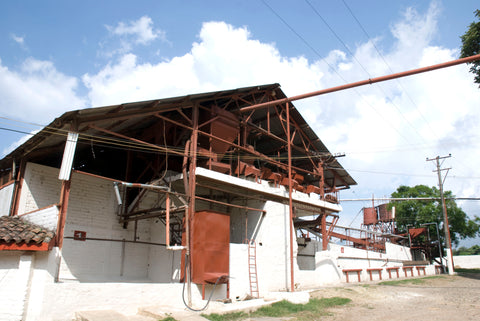We have grown up thinking that coffee is the powder sold in tins, forgetting that it is actually a fruit that grows on artistic trees. With that in mind, it’s important to know where coffee grows. The variety and diversity of the fruit affect its taste. There are famous coffee-growing regions like Latin America and Africa, as well as less well-known ones like Taiwan. All these regions lie within what is known as the coffee belt, a geographical area located between the Tropic of Cancer and the Tropic of Capricorn.
There are two types of coffee:
Arabica Coffee: Higher quality and better tasting than Robusta, making up 70% of the coffee grown in the world. Its homeland is Ethiopia, where coffee was first cultivated commercially. Arabica is typically desirable in acidity and has a rich flavor.
Robusta Coffee: Grown in Central and West Africa and parts of South Asia, including Indonesia and Vietnam, and also grown in Brazil. The Robusta tree is smaller and less susceptible to diseases and pests, making it easier and less costly to cultivate. Robusta beans provide a distinctive flavor with 50-60% more caffeine and are generally more bitter.
Coffee beans are the fruit of the coffee tree. The coffee tree grows tall, but it is usually pruned to a manageable height between 6 to 10 feet (1.8 to 3 meters). The tree has long-shaped leaves, and its fruits are called cherries. The cherries are a deep red color when ripe.
Beneath the outer layer is the pulp, a jelly-like substance that covers the coffee beans, rich in sugars and sweet in taste. Each cherry contains two coffee seeds.
The coffee tree differs from other plants in that it continues to bear new fruits throughout the fruiting season.
This means that there are both mature and immature cherries, which makes harvesting a challenging task. After that, the green coffee beans develop from the cherries (the fruit), which are then dried and processed for brewing.



